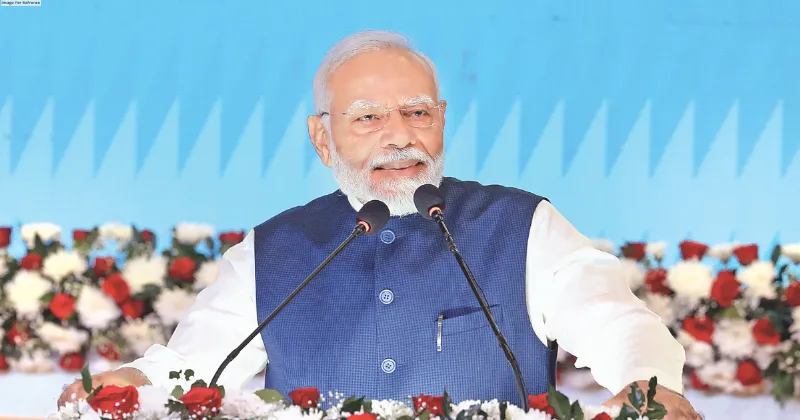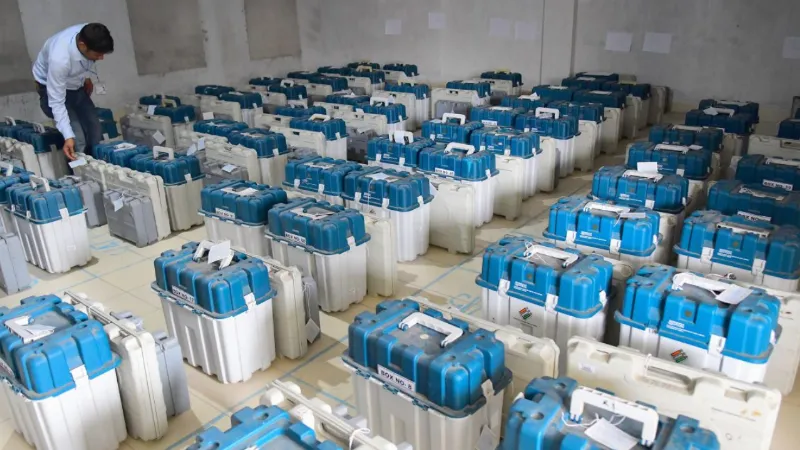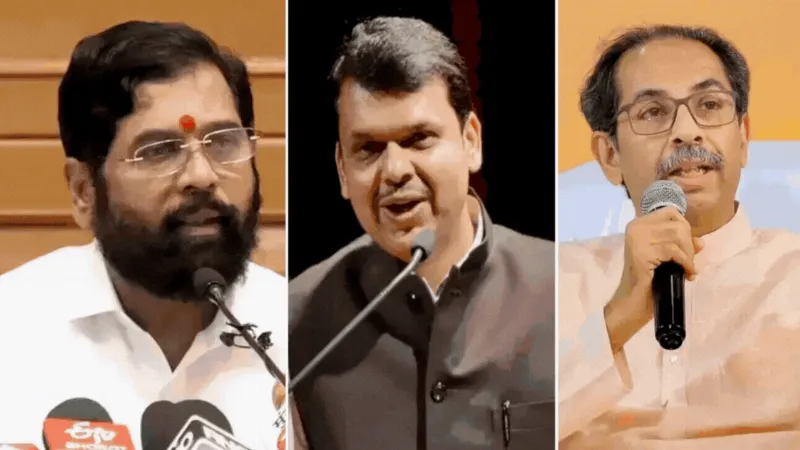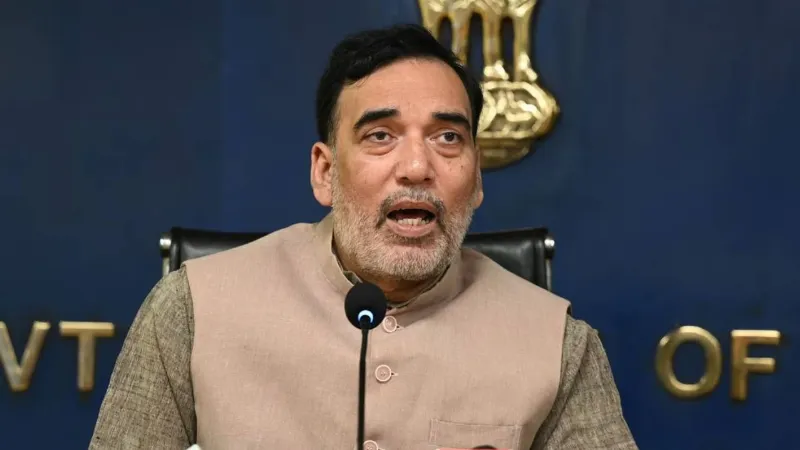ISRO all set to launch Chandrayaan-4 by 2028
.png)
The Indian Space Research Organization i.e. ISRO is once again preparing to surprise the world. Yes, through its unique science and technology, ISRO is engaged in sending Indians to the moon by the year 2040. ISRO is working on the Chandrayaan-4 mission. It is worth noting that on July 14, 2023, Chandrayaan-3 took off from Satish Dhawan Space Centre located in Sriharikota and the spacecraft entered the lunar orbit seamlessly on 5 August 2023.
The historic moment came when the lander made a successful landing near the lunar south pole on 23 August 2023. I would like to inform that the achievement of Chandrayaan-3 not only proved to be a milestone in the space missions of our country India, but this achievement also made us all proud by establishing ISRO’s scientific capability and technical skills at heights across the world. Here I would like to inform the readers that Prime Minister Narendra Modi had named the landing site of Chandrayaan-3 as ‘Shiva Shakti’, which is now going to become an important point for ISRO’s upcoming lunar missions. Now, reports are coming from the media that India can launch its fourth moon mission by 2028. It is being told that this mission will be launched in two parts, because none of the powerful rockets that ISRO has right now can carry Chandrayaan-4 together. The reason behind this is said to be Chandrayaan-4 being very heavy. Indian Space Research Organization (ISRO) Chairman S. Somnath has recently told about India’s ambitious moon mission Chandrayaan-4 that Chandrayaan-4 has been built to bring back soil samples from the moon. Let me tell you that recently our neighbor China has achieved the feat of bringing samples from the moon to earth.
This attempt by ISRO and JAXA will be the first time in the world because before this any spacecraft was being launched in different parts and then those parts were being joined in space. It is being told that it will be sent into space orbit not in one go, but by launching two separate rockets. Then Chandrayaan-4 will be completed by joining these two parts in space itself and only after that it will be sent towards the moon. In other words, Chandrayaan-4 will take samples from the moon and return to Earth. It will not be launched in one go. These two parts of the spacecraft will be sent into the lunar orbit through two launches. This means that the spacecraft will be joined in space before landing on the moon. It is worth mentioning that the ability to join different parts of the spacecraft in space itself is known as ‘docking’. ISRO is engaged in developing ‘docking’ capability. It will work in the orbits of both the Earth and the Moon respectively. It is being told that the SPADEX (Space Docking Experiment) mission will be their first opportunity to show this capability.
The purpose of the SPADEX mission is to demonstrate docking capability, which is likely to be done at the end of this year. Not only this, this technology will also be used to build the country’s own space station. This means that its parts will not be sent at once, but in several times. A space station will be built by joining those parts in space itself. The country’s own space station will be named Indian Space Station (BAS). According to the media, it has been learned that detailed study, internal review and cost estimation for Chandrayaan-4 mission has been completed and it will soon be sent to the government for approval. This is one of the four project proposals for which the Department of Space wants to get approval under its Vision 2047. Under this vision, India aims to build its own space station by 2035 and send humans to the moon by 2040. So far ISRO has only LVM-3 rocket, so the first part of BAS can be launched from this rocket.We have set a target to launch the first BSA (Indian Space Station) by 2028. It is worth mentioning that ISRO’s mission Chandrayaan-4 is a very complex and important mission. The most special thing about this mission is that ISRO is preparing the lander and Japan is making the ‘rover’ module. This mission is being done jointly by ISRO and Japan’s JAXA. I have already informed above that the landing site of Chandrayaan-4 will be at Shiva-Shakti Point.
This is the same place where Chandrayaan-3 landed. This is because Chandrayaan-3 discovered many important places on the moon after landing, which will help a lot in the new mission. Not only this, ISRO is building a new rocket called NGLV or ‘Surya’. It is still under design and it is being told that it will have a new engine based on LOX (liquid oxygen) and methane. Also, it will have liquid oxygen and methane engines for the lower stages, while the upper stage will have cryogenic engines. This megarocket of India will be much bigger than the current Surya rockets. The Low Earth Orbit (LEO) payload capacity will be more than 40 tonnes. This is very important for human space flight missions. However, it would not be wrong to say that the Chandrayaan-4 mission will not only be very challenging for ISRO and the Indian scientific community, but it will also be a source of pride and inspiration for every Indian.
THE VIEWS EXPRESSED BY THE AUTHOR ARE PERSONAL
Sunil Kumar Mahala The writer is Freelance Writer, Columnist and Young Litterateur, Uttarakhand





















